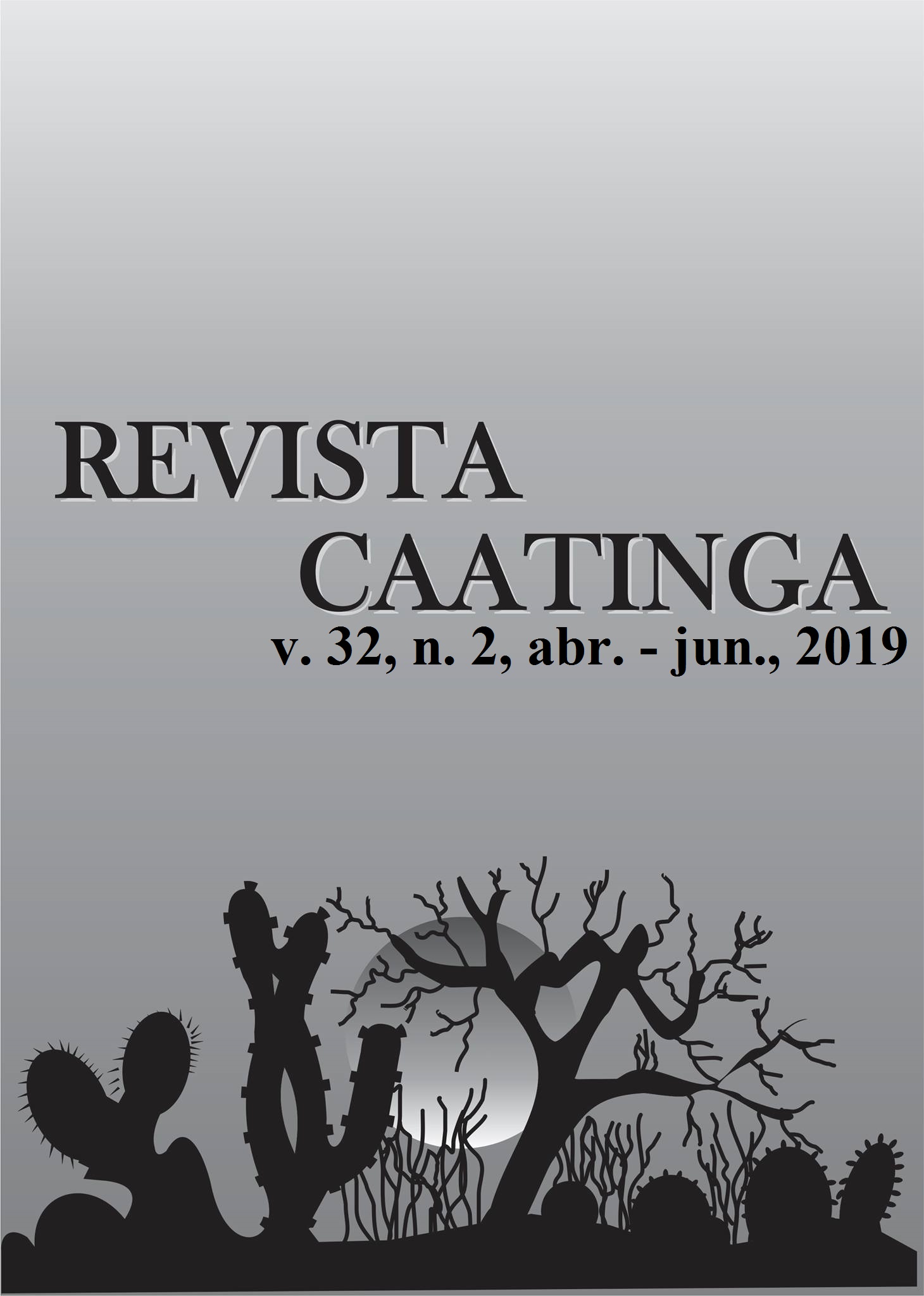DELINEATION OF HOMOGENEOUS ZONES BASED ON GEOSTATISTICAL MODELS ROBUST TO OUTLIERS
DOI:
https://doi.org/10.1590/1983-21252019v32n220rcKeywords:
Robust statistics. Precision agriculture. Apparent soil electrical conductivity. Spatial variability. fuzzy k-means.Abstract
Measures of the apparent electrical conductivity (ECa) of soil are used in many studies as indicators of spatial variability in physicochemical characteristics of production fields. Based on these measures, management zones (MZs) are delineated to improve agricultural management. However, these measures include outliers. The presence or incorrect identification and exclusion of outliers affect the variogram function and result in unreliable parameter estimates. Thus, the aim of this study was to model ECa data with outliers using methods based on robust approximation theory and model-based geostatistics to delineate MZs. Robust estimators developed by Cressie–Hawkins, Genton and MAD Dowd were tested. The Cressie–Hawkins semivariance estimator was selected, followed by the semivariogram cubic fit using Akaike information criterion (AIC). The robust kriging with an external drift plug-in was applied to fitted estimates, and the fuzzy k-means classifier was applied to the resulting ECa kriging map. Models with multiple MZs were evaluated using fuzzy k-means, and a map with two MZs was selected based on the fuzzy performance index (FPI), modified partition entropy (MPE) and Fukuyama–Sugeno and Xie–Beni indices. The defined MZs were validated based on differences between the ECa means using mixed linear models. The independent errors model was chosen for validation based on its AIC value. Thus, the results demonstrate that it is possible to delineate an MZ map without outlier exclusion, evidencing the efficacy of this methodology.
Downloads
Downloads
Published
Issue
Section
License
Os Autores que publicam na Revista Caatinga concordam com os seguintes termos:
a) Os Autores mantêm os direitos autorais e concedem à revista o direito de primeira publicação, com o trabalho simultaneamente licenciado sob a Licença Creative Commons do tipo atribuição CC-BY, para todo o conteúdo do periódico, exceto onde estiver identificado, que permite o compartilhamento do trabalho com reconhecimento da autoria e publicação inicial nesta revista, sem fins comerciais.
b) Os Autores têm autorização para distribuição não-exclusiva da versão do trabalho publicada nesta revista (ex.: publicar em repositório institucional ou como capítulo de livro), com reconhecimento de autoria e publicação inicial nesta revista.
c) Os Autores têm permissão e são estimulados a publicar e distribuir seu trabalho online (ex.: em repositórios institucionais ou na sua página pessoal) a qualquer ponto antes ou durante o processo editorial, já que isso pode gerar alterações produtivas, bem como aumentar o impacto e a citação do trabalho publicado (Veja O Efeito do Acesso Livre).







